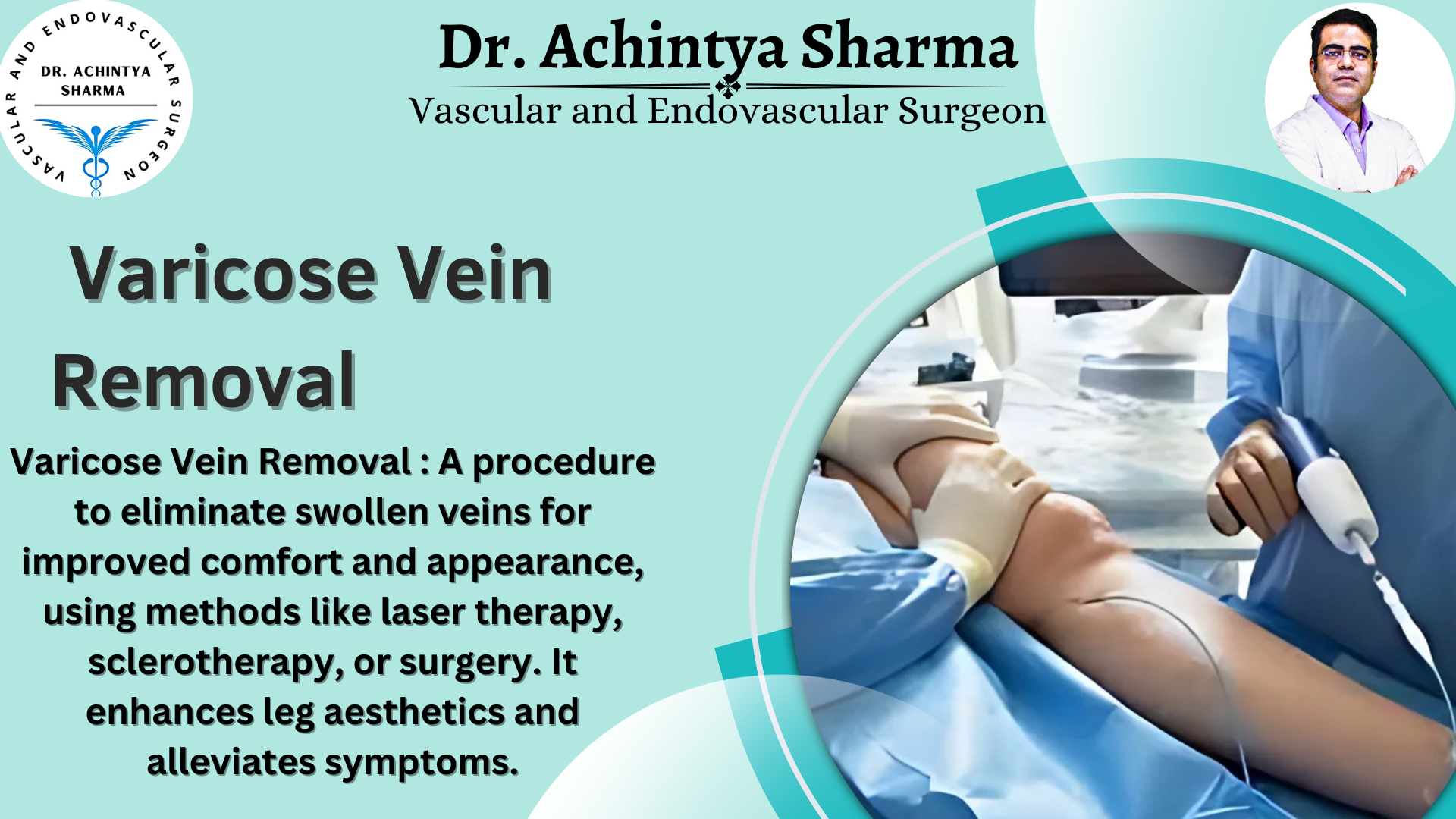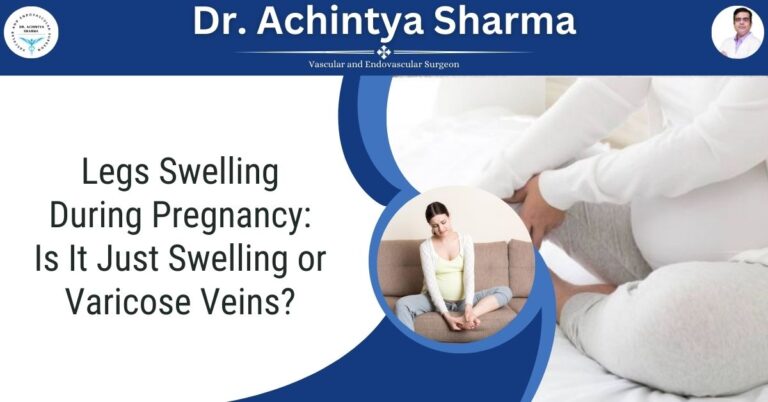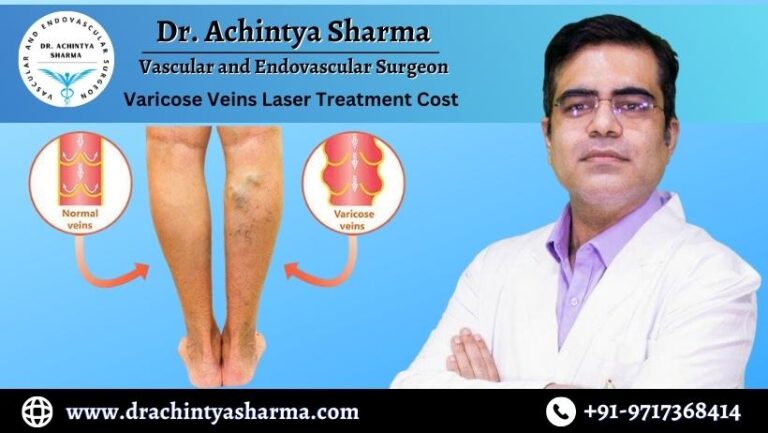Varicose vein removal is an important solution for individuals dealing with discomfort and the cosmetic concerns caused by varicose veins. These swollen, twisted veins, most often appearing on the legs, can affect daily life and self-confidence. Thanks to modern medical treatments, removing varicose veins has become easier and more effective. This blog covers the most common varicose vein removal options, offering insights into how these treatments work and their benefits. Whether you’re seeking relief from discomfort or wanting to improve the look of your legs, this guide will help you understand your options.
What Are Varicose Veins?
Varicose veins occur when veins become enlarged, twisted, and overfilled with blood. They are usually visible beneath the skin and most commonly found in the legs. These veins often result from weakened valves in the veins that fail to regulate blood flow, causing blood to pool.
Symptoms of varicose veins can range from mild discomfort to more serious issues like pain, swelling, and skin ulcers. Factors like genetics, obesity, prolonged standing, and pregnancy increase the risk of developing varicose veins. If left untreated, these veins can worsen and lead to complications such as blood clots or skin ulcers, making varicose vein removal necessary.
Why Is Varicose Vein Removal Important?
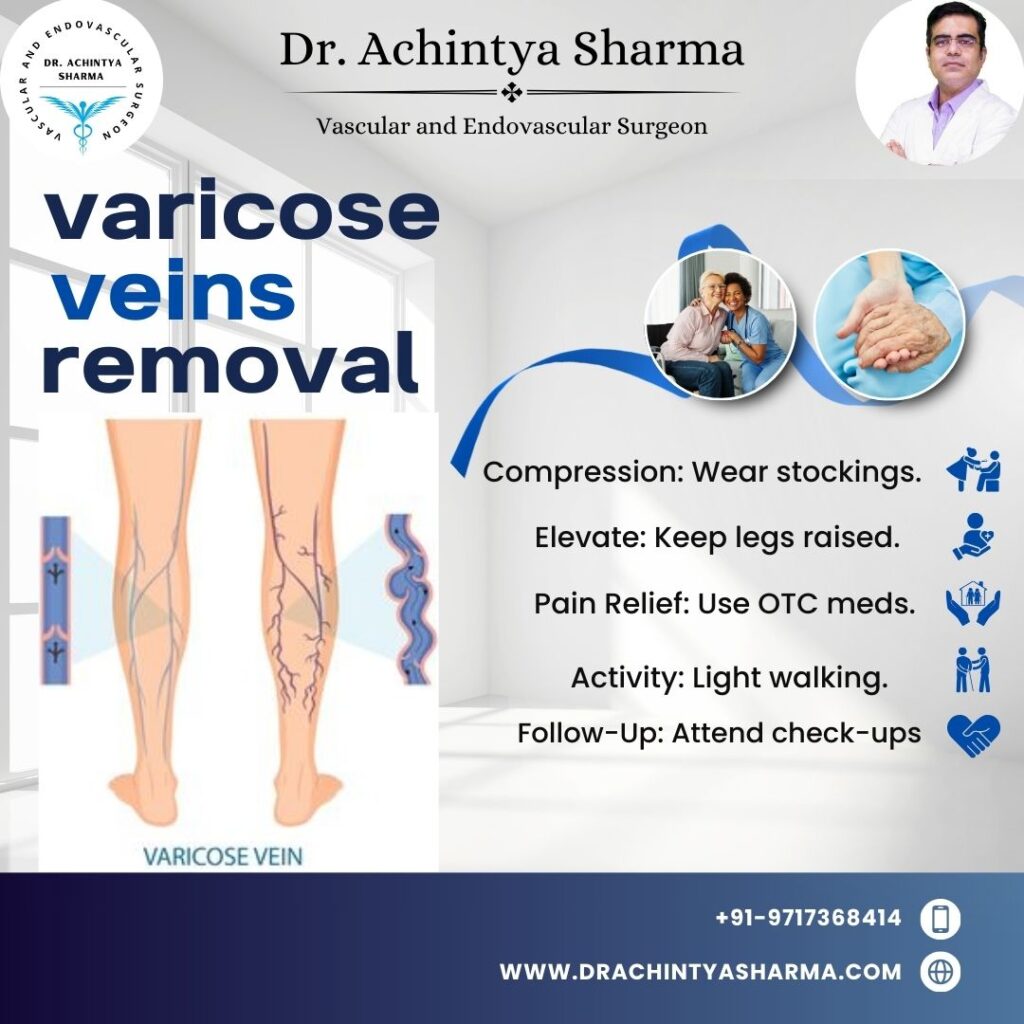
Removing varicose veins is important not just for cosmetic reasons but also to improve circulation and reduce pain. Varicose veins can negatively affect your quality of life by causing symptoms like aching legs, itching, and fatigue. Varicose vein removal provides both health and aesthetic benefits, helping you feel better and look better.
Moreover, untreated varicose veins can lead to more serious health issues, such as chronic venous insufficiency or deep vein thrombosis (DVT). By addressing the problem early with proper treatment, you can avoid these complications and maintain healthy veins.
Popular Varicose Vein Removal Methods
There are several effective treatments for varicose vein removal, ranging from non-invasive techniques to surgical options. Here are the most popular methods:
1. Sclerotherapy
Sclerotherapy is a widely used treatment for small and medium-sized varicose veins. It involves injecting a solution directly into the vein, which causes it to collapse and eventually disappear. This procedure is minimally invasive and requires no downtime, making it a popular choice for those seeking fast results.
2. Endovenous Laser Therapy (EVLT)
Endovenous Laser Therapy (EVLT) is an advanced laser treatment for larger varicose veins. A laser is used to heat the inside of the vein, causing it to close and reroute the blood to healthier veins. This method is performed under local anesthesia and is highly effective, with minimal recovery time.
3. Radiofrequency Ablation (RFA)
Radiofrequency Ablation (RFA) uses heat to close off varicose veins. Like EVLT, RFA is a minimally invasive procedure that involves using radiofrequency energy to treat the affected vein. It’s ideal for larger veins and offers a quick recovery period with lasting results.
4. Ambulatory Phlebectomy
Ambulatory Phlebectomy is a surgical option for removing larger varicose veins through small incisions in the skin. This procedure is performed under local anesthesia and leaves minimal scarring. It’s an effective method for treating more severe cases of varicose veins.
5. Vein Stripping and Ligation
Vein Stripping and Ligation is a traditional surgical approach used for severe varicose veins. During this procedure, the problematic vein is tied off and removed through small cuts in the skin. While more invasive than other methods, this treatment is highly effective for treating large veins and preventing recurrence.
Recovery and Aftercare
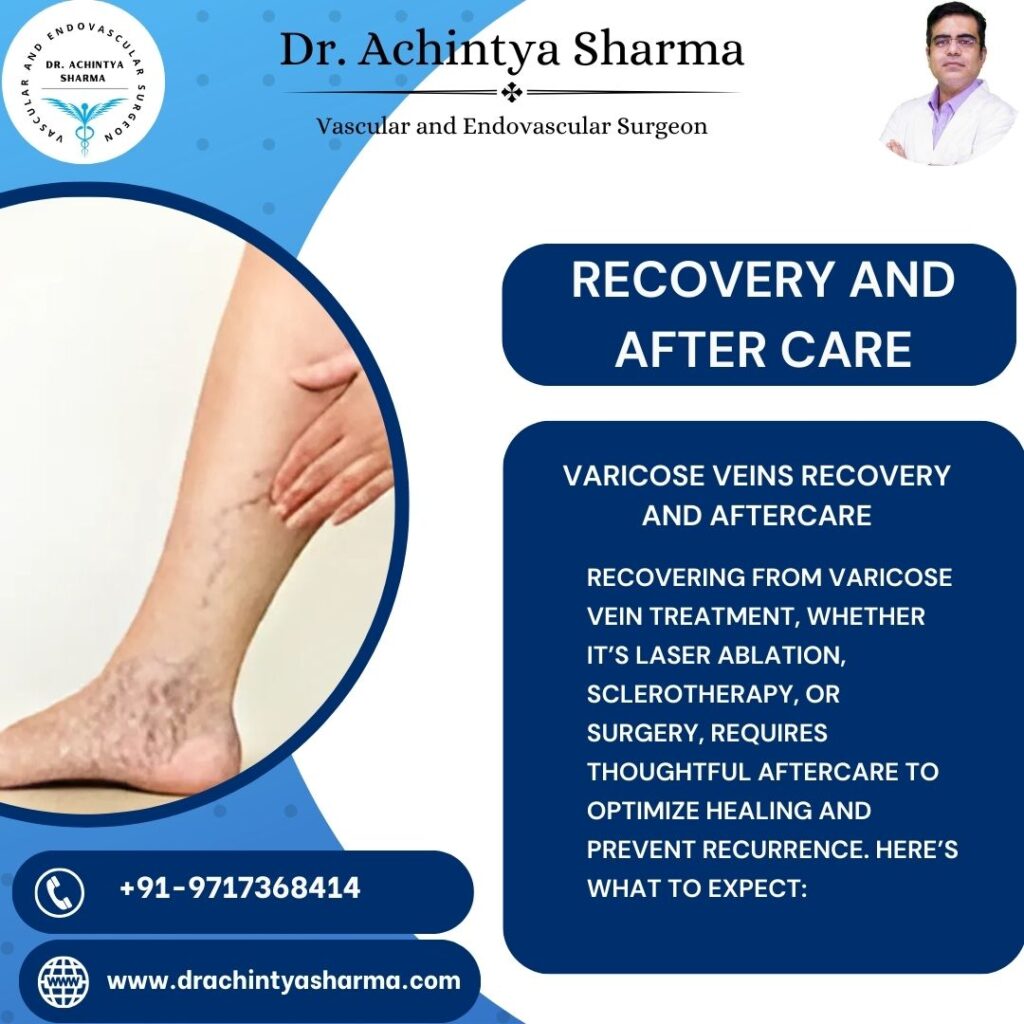
Recovery after varicose vein removal depends on the procedure used. Most minimally invasive treatments, such as sclerotherapy and EVLT, have short recovery times, with patients resuming daily activities within days. Surgical methods like vein stripping may require a longer recovery period.
After treatment, wearing compression stockings is recommended to support blood circulation and reduce swelling. Regular exercise, elevating the legs, and avoiding long periods of standing can help speed up recovery. Maintaining a healthy lifestyle can also prevent new varicose veins from forming.
Long-Term Benefits of Varicose Vein Removal
Aside from the cosmetic improvements, varicose vein removal offers significant health benefits. By improving circulation, patients experience reduced pain, less swelling, and a lower risk of complications like venous ulcers or blood clots. The procedure also boosts confidence, allowing you to wear clothing that may have previously made you feel self-conscious.
Conclusion
Varicose vein removal offers effective solutions for both cosmetic and health concerns. Whether you’re opting for non-invasive treatments like sclerotherapy or seeking surgical options for more severe cases, addressing varicose veins early can improve your quality of life. With the right treatment plan and aftercare, you can enjoy lasting results and improved leg health. Consult with a healthcare professional to determine the best treatment for your specific needs and take the first step towards healthier veins today.

